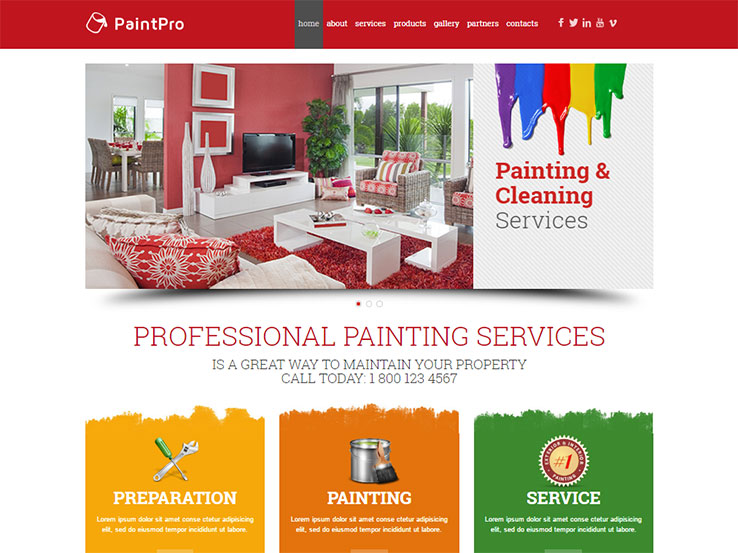Discover Exactly How Seasonal Impacts Can Impact The Efficiency Of Industrial Outside Paint And Find Out The Most Favorable Times To Ensure Sturdy Results For Your Task
Discover Exactly How Seasonal Impacts Can Impact The Efficiency Of Industrial Outside Paint And Find Out The Most Favorable Times To Ensure Sturdy Results For Your Task
Blog Article
Developed By-Regan Chaney
When you're planning a commercial outside paint task, seasonal variables can make or damage your results. You'll wish to think about just how temperature and humidity effect paint application and drying times. Picking the right season can ensure your paint sticks effectively and lasts much longer. But which seasons are truly the best for this sort of work? Let's discover the crucial elements that can impact your job's success.
The Impact of Temperature Level on Paint Application
When you're planning an industrial outside painting job, the temperature level can substantially affect just how well the paint adheres and dries.
Ideally, you want to repaint when temperature levels range in between 50 ° F and 85 ° F. If it's as well chilly, the paint may not treat properly, bring about problems like peeling or breaking.
On the other side, if it's too warm, the paint can dry out too promptly, preventing proper adhesion and causing an unequal coating.
You must additionally take into consideration the time of day; morning or late afternoon provides cooler temperature levels, which can be much more beneficial.
Always inspect the manufacturer's recommendations for the details paint you're making use of, as they frequently give advice on the perfect temperature level array for ideal results.
Humidity and Its Result on Drying Times
Temperature level isn't the only environmental aspect that influences your industrial outside paint task; humidity plays a considerable role too. High humidity levels can reduce drying times considerably, impacting the overall quality of your paint job.
When the air is saturated with moisture, the paint takes longer to treat, which can bring about problems like inadequate bond and a greater threat of mold development. If you're painting on an especially humid day, be planned for extensive delay times in between coats.
It's critical to keep track of neighborhood weather conditions and strategy as necessary. Ideally, go for inpression in between 40% and 70% for optimal drying.
Maintaining these factors in mind guarantees your job remains on track and provides a lasting surface.
Best Seasons for Commercial Outside Paint Projects
What's the very best season for your business external paint jobs?
Springtime and early loss are generally your best options. During these seasons, temperature levels are mild, and humidity degrees are usually lower, creating ideal conditions for paint application and drying out.
Avoid summer season's intense heat, which can cause paint to dry also rapidly, causing bad bond and finish. Likewise, winter season's cool temperatures can hinder appropriate drying out and curing, taking the chance of the long life of your paint job.
simply click the following webpage for days with temperature levels between 50 ° F and 85 ° F for optimal outcomes. Remember to check the regional weather forecast for rain, as wet problems can spoil your job.
Planning around these aspects ensures your painting project runs smoothly and lasts much longer.
Conclusion
In conclusion, preparing your industrial external painting jobs around seasonal factors to consider can make a considerable distinction in the outcome. By organizing tulsa patios throughout the optimal temperatures and moisture levels, you'll ensure better bond and drying out times. painters needed near me in mind to keep an eye on local weather prediction and choose the right time of year-- spring and early autumn are your best bets. Taking these actions will assist you accomplish a resilient and professional coating that lasts.
